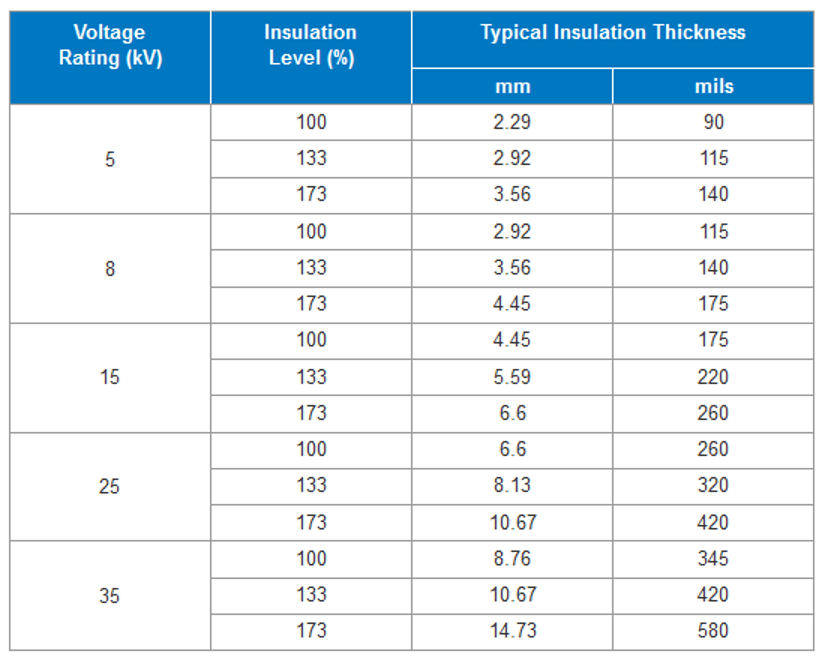Wiring insulation is an integral part of the wiring. It is the conductive part of the wire that protects against the current leakages. Besides, it also supports the cables against the weather and external factors.
Your wiring insulation can be made of different materials. The material of these wires usually determines the amount required to keep the wires secured. In some cases, the type of wire also determines the insulation required.
We’ll discuss the different types of insulation available in the market and the proper insulation requirement for a perfect wire.
Also Read: Common Electrical Problems at home
Plastic Wire Insulation:
PVC, PP, PE, and PUR are the main types of plastic wire insulation. Each of these specific subtypes of plastic has its benefits. The most common properties of plastic wires include the resistance to temperature and liquids like water, acid, solvent, and alkalis.
These wire insulations can remain tough at low temperatures and flexible to provide you with ease in making the connection.
Rubber Wire Insulation:
Another essential wire insulation type is rubber wire insulation. Natural and rubber SBR compounds usually form these insulations. Due to the difference in the raw material, the temperature range that such insulation can endure also varies. Usually, they are good to sustain low temperatures and water. Moreover, such insulations are abrasion-resistant and have good electrical properties.
Fluoro Polymers Wire insulation:
This is the third and another main type of insulation you can find for your electrical wires. Fiberglass, TPE, ETFE, FEP, and FFA raw materials are included in this insulation type. The particular set of properties depends upon the specific insulation type.
Usually, these insulations are chemical, water, heat, and abrasion-resistant, providing all the advantages to the users that they can expect from wire insulations.
Read More: Commercial and Industrial electrician
Amount of Wiring Insulation:
Now you know about different types of insulation, so you’ll have a better idea that the insulation you choose depends upon the material.
Let’s look at the industry standards to find out how you can determine the thickness of insulation for various levels.
The insulation level determines the insulation thickness. The more it is, the higher the thickness. Usually, there are two basic levels, i.e., 100% and 133%. The 100% insulation level is usually used for the grounded system, and thus, it is often termed the grounded insulation thickness. Likewise, the other set consists of 133% insulation levels and is often used for ungrounded systems.
However, these are not the only types of insulation levels. You can find the other types depending upon your needs as well.
Another essential aspect of determining insulation thickness is the voltage rating. Depending upon the voltage rating and insulation levels, the thickness of the insulation varies.
You can also get help from a professional electrician to help you with these measurements.
The following chart explains the voltage rating, the insulation thickness, and the insulation level.





